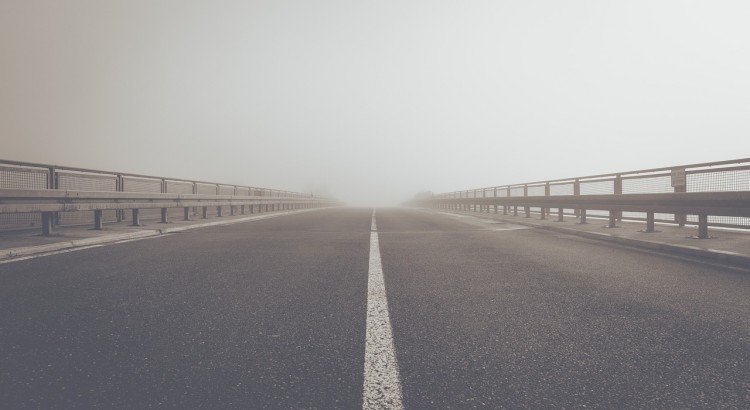It’s not accurate to say the UAE has only one type of weather. The sun does shine every day, but it often enjoys the company of sand, fog, and rain. Yes, rain.
Leasing a car in the UAE is easy most of the time. The sun shines and the roads are dry, and the only concern we have is if the air conditioning is keeping the temperature one degree outside of our comfort zone. The problem most of us have is that when the weather changes it does so in dramatic fashion. Here is some advice if you’re yet to encounter a shamal (sandstorm), and more.
Driving in Fog
When fog rolls through the UAE it does so with gumption. The internet is full of pictures of Dubai’s tall towers being cuddled by soft white clouds, their peaks sprouting through. On the ground it’s a different story.
Fog in the UAE is thick, so thick many drivers use windscreen wipers to keep their view unobstructed. If you have to drive in fog you should do so carefully. This means not going to fast, or too slow. This means changing lanes with great care and remembering to indicate at every turn (as you should anyway).It means you should be doubly wary of speed bumps, pedestrians, and other motorists. If you live in a rural area your watch list includes camels, goats, and donkeys.
Something you’ll discover is that bad drivers are just as bad in the fog as they are in the clear. People still drive too fast, people still tailgate, and there are some who drive with hazard lights flashing permanently. A car with hazard lights on can’t indicate and could be considered as dangerous as any other road hazard.
Don’t assume that having driven in fog in your home country prepares you for driving in UAE fog. Not everyone here has the same experience you do..
Floods
As strange as it may sound, yes, the UAE’s roads are prone to flooding. The UAE has not been built with rain in mind. Roofs are flat, road surfaces are uneven, and electricity inlets are left exposed. Dubai and Abu Dhabi’s newer roads are less prone but in some of the older areas of the cities (and indeed the outskirts) flooding is a problem. Flooding in the UAE is often deep enough to damage a car.
If you find yourself facing a flooded road try to gauge whether you can get through before you try. How deep is the flood in relation to the curb? Are there any cars parked in the flood, have you seen any other cars drive through it? If you feel the flood is shallow enough to drive through remember to keep moving at a slow but steady speed, and remember to dry your brakes when you exit the flood by applying gentle pressure to the pedal as you drive.
Driving through a Sandstorm
Sandstorms cause problems you may not have considered possible. It’s obvious that visibility is an issue and your first instinct is to switch on the wiper blades. Of course, when you add water to the sand your windscreen is going to get messy; but you can’t wipe the sand away when it’s dry as it doesn’t clear properly. A dirty windscreen makes a sandstorm tough to drive in.
It’s not only the car that suffers but also the road. Sand moves, and during a sandstorm it collects by the sides of roads. After a short while little pockets of sand become sand dunes. ‘Hey, look, a sand dune…in the road!’ It’s a novelty but an extremely dangerous one.
When driving on tarmac your car enjoys a certain amount of traction, sand lessens this traction. You may be on one of the major highways driving at 100km as the road is reasonably clear but 100m ahead a sand dune has formed, and your inexperience tells you you can drive right through it. The truth is that sand only an inch deep can throw a car off balance. Even if you think it’s safe to drive fast it may not be. Sand is unpredictable.
Driving anywhere new presents a driver with new challenge. In the UAE the wind picks up the ground and swirls it around. Drive carefully!




